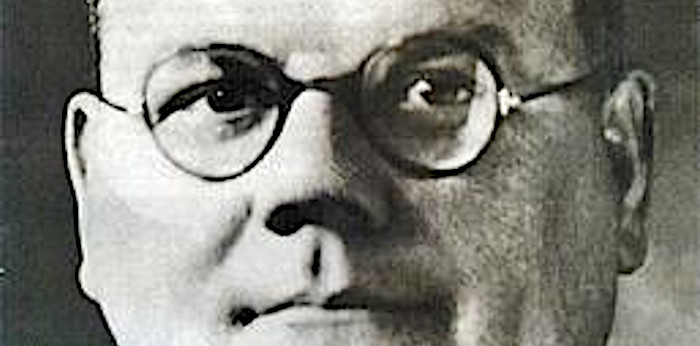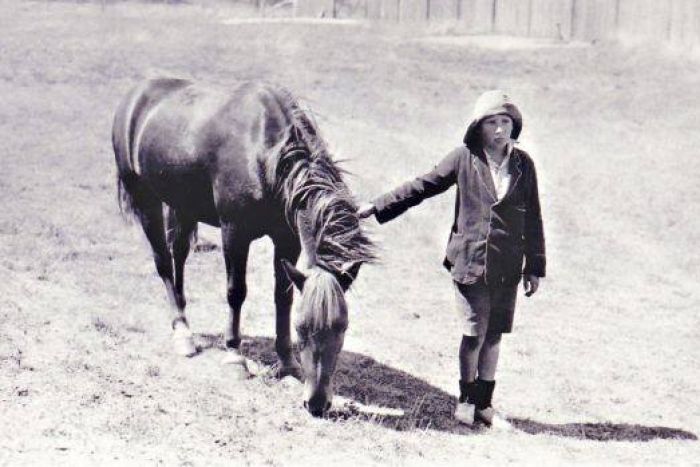
In 1911, the Mona Lisa disappeared from the Louvre. After an extensive investigation it made a surprising reappearance that inspired headlines around the world. In this week’s episode of the Futility Closet podcast we’ll tell the story of the painting’s abduction, which has been called the greatest art theft of the 20th century.
We’ll also shake Seattle and puzzle over a fortunate lack of work.








